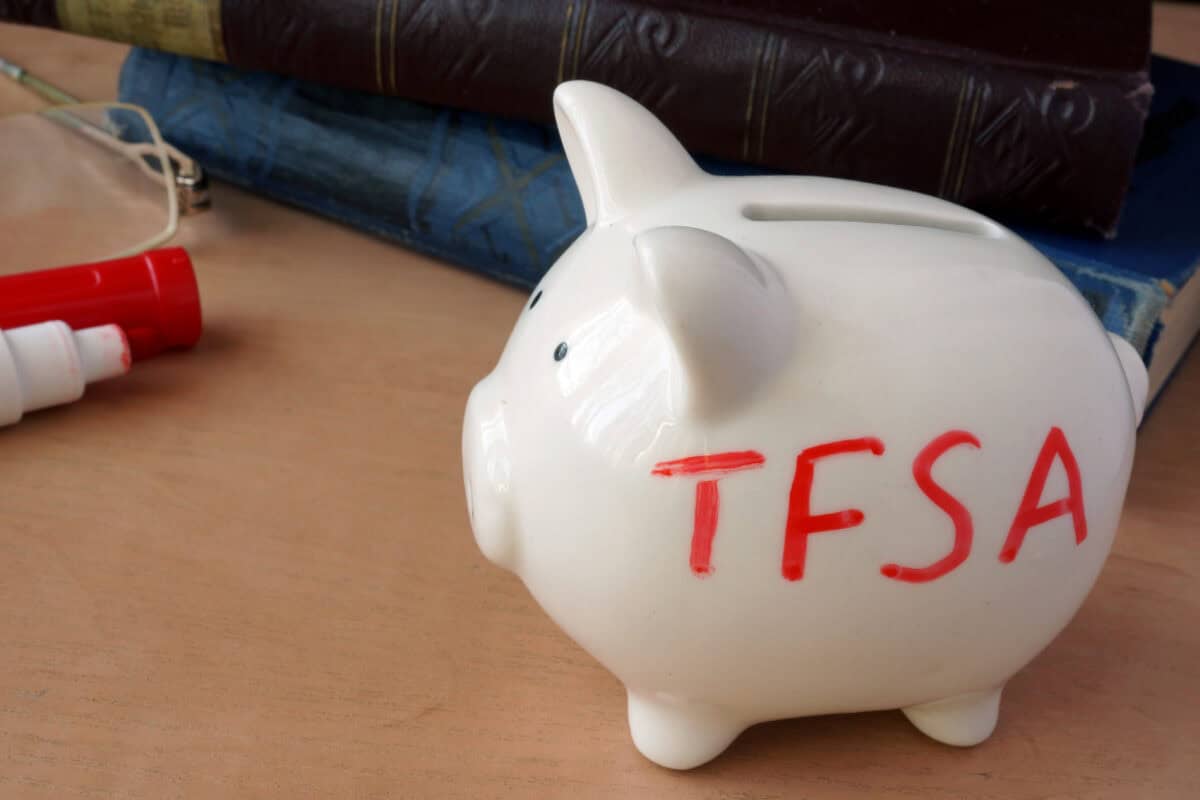The average TFSA/RRSP balance at a given age is a topic I’ve covered in The Motley Fool before. The topic is a popular one because many Canadians are interested in knowing how they stack up financially compared to their peers.
In one of my articles on the topic, I estimated the average TFSA balance at age 44. Using various examples from brokerages, banks and others, I arrived at an estimated range of $30,000 to $40,000. I was not able to find a source that quoted an exact number for Canadians precisely 44 years of age. I was hoping to find data tables from StatCan that had such information, but a Google search for “average TFSA balance age 44 in Canada” did not yield any government data.
However, after the article published, I was able to find a source with the information I wanted. Specifically, a Statcan report that listed average TFSA balances by age group, using first-party government data. This report gave a much narrower range and a much lower number than my original article did. So today, I’m revisiting the topic with the new data I’ve found.
About $20,000
According to Statcan’s official TFSA data table for 2022 (the most recent contribution year for which data is available), the average TFSA balance at age 44 is about $20,000. The data tables, like the ones I looked at before, provided estimates for each age range than each specific age. However, this table had much narrower ranges, which allowed me to estimate $20,000 as the specific balance for 44-year-olds with a reasonable level of confidence. Here’s the specific data from the Statcan’s report:
- Ages 40 to 44: $17,609.
- Ages 45 to 49: $21,177.
As you can see, the average amount rises from age 40 to 49, with the average of the 40-44 and 45-49 age groups being just under $20,000. Logically, you’d expect the exact balance for 44-year-olds to be on the higher end for the range of 40 to 44, since Statcan’s table shows balances rising with age. For the same reason, you’d expect it to be on the lower end of the 45 to 49 range. So then, rounding up, the balance for age 44 is about $20,000.
How to increase your RRSP balance
If you’re looking at the figures above and feeling like you don’t measure up, there are two things you can do to increase your TFSA balance:
- Make more contributions.
- Invest wisely.
As far as making more contributions goes, that’s simply a matter of saving more. If you’re already contributing all you can afford, try to find areas in your budget you can cut from, or maybe take a “side hustle” to get more money coming in.
As for investing wisely, that means buying a diversified portfolio, such as an index fund.
Consider the BMO Canadian High Yield ETF (TSX:ZDV) for example. It’s a BMO exchange-traded fund (ETF) based on high yield Canadian stocks. It includes a lot of stocks in the banking, energy, and utilities sectors.
ZDV has a lot of qualities that make it a good TFSA holding.
First, it pays a lot of dividends (3.7% yield), which benefit from being tax-exempt.
Second, it is highly diversified, which reduces the risk in the holdings.
Third, it has a modest management expense ratio (0.4%), which means its investors don’t pay out too much to the fund’s managers.
All in all, investors who invest their TFSAs in funds like ZDV will probably see their balances grow.
 Claim Membership Credit
Claim Membership Credit







